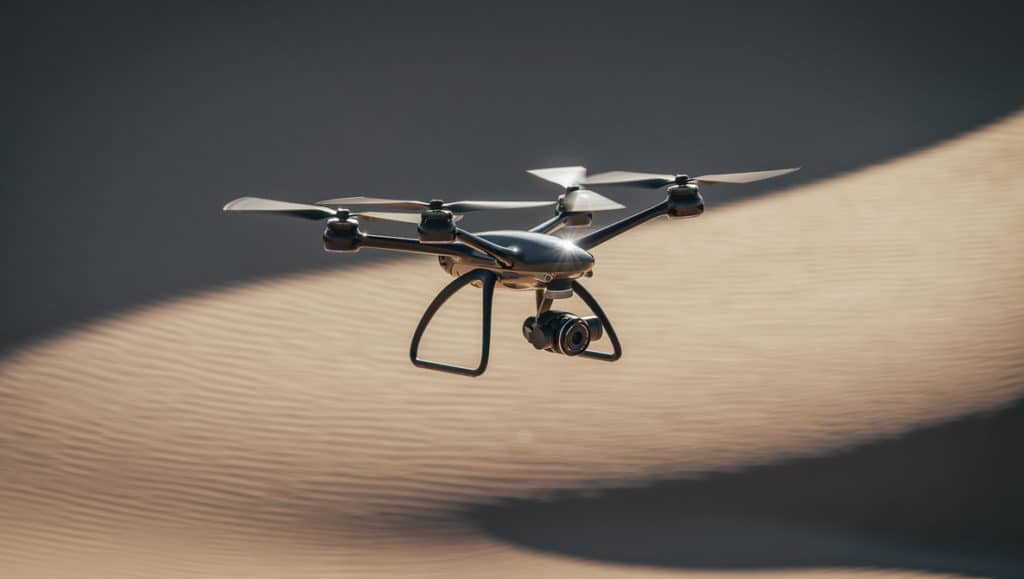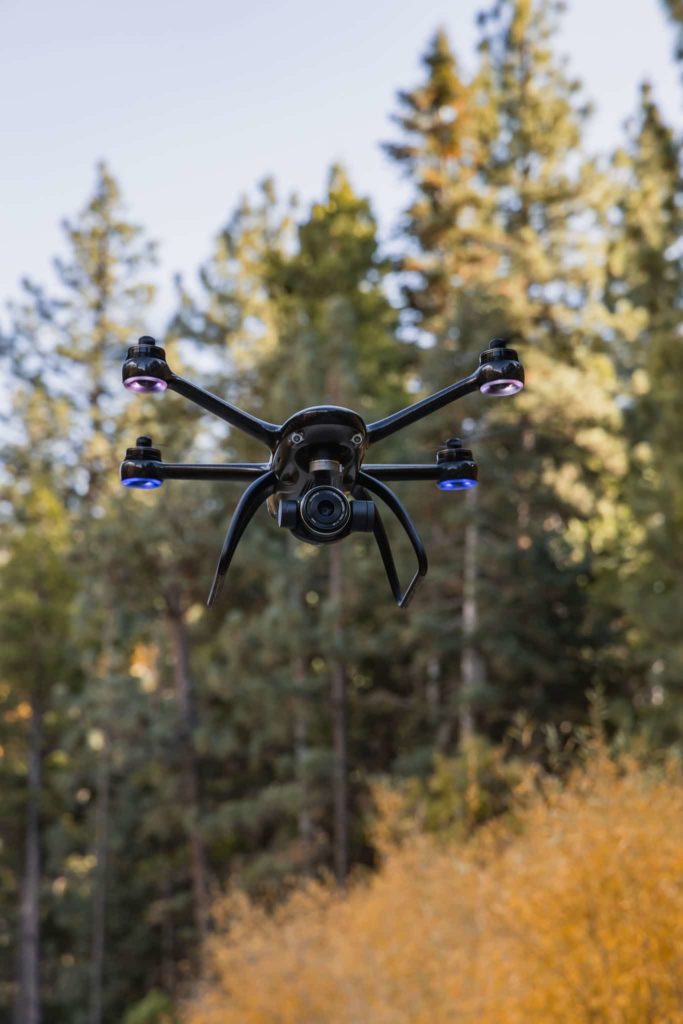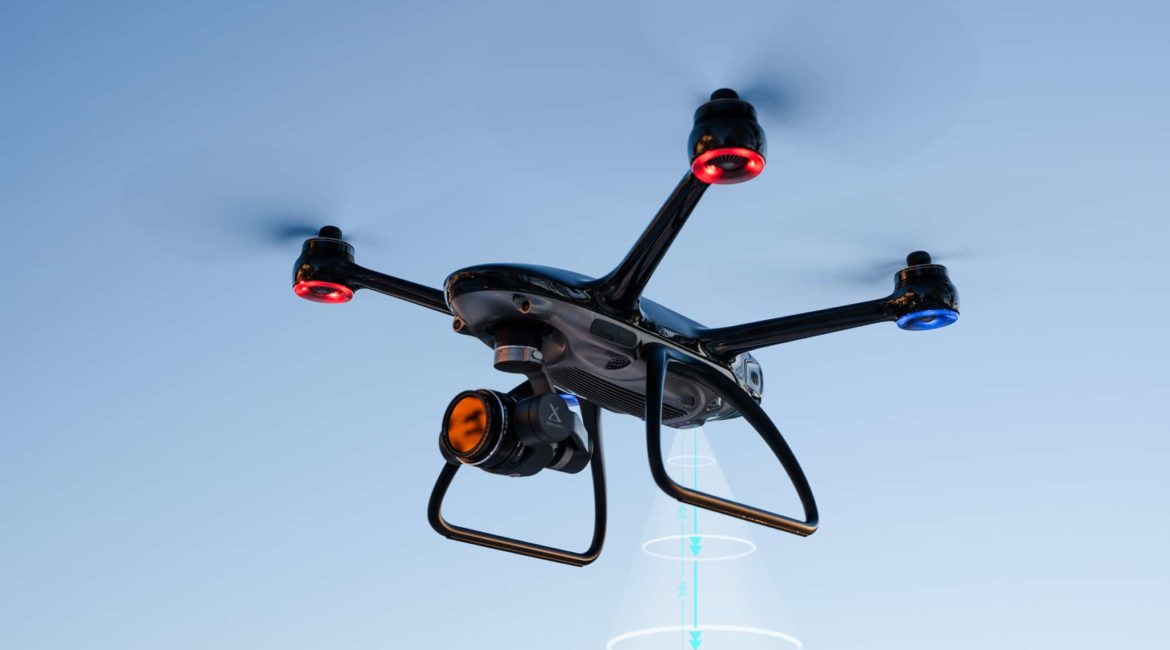So, you want to know how far can a drone fly? Well, that is easy but also a bit complicated at the same time. We will explore the different types, but also focus primarily on the prosumer and professional drone industry.

A high-end consumer drone can have a range of roughly 2.5 to 4.5 miles (4 to 8 kilometers), whereas a toy drone may only have a range of 20 to 100 yards. A common range for mid-level consumer drones is between 400 meters to three kilometers, or 0.25 to 1.5 miles. When we mention these statistics, we are talking about the range in relation to the controller.
How far can a drone fly?
Though we are being general there will be specifics and we will talk about it in relation to our products. For example, we call the “controller” the Ground Station. So, if you see the Ground Station mentioned you will know what we are talking about if you are not familiar with XDynamics.
The intensity of the Ground Station signal and the choice of transmission technologies affect the precise range of your drone. It should come as no surprise that more costly drones would often have a longer range. However, for the majority of recreational usage, you won’t be able to reach the controller signal’s maximum range without first flying well beyond of your line of sight, which is strictly prohibited by FAA guidelines. Nevertheless, there are also more compelling arguments in favor of choosing a higher frequency controller signal.
Keep in mind that the environment can significantly affect the range your droned can fly. When it comes to our EVOLVE 2 features fully programmable controls and external antenna options to extend flight distances to 11km (6.8 miles).
Wanting the answer to the question, How Far Can a Drone Fly, keep these things in mind. Don’t fly over people, animals, minions, cars and much more with your toy drone or any drone. Toy drones are fun and a good way to get your experience in and comfortability for flying a much larger and more expensive drone. Below are some more in-depth tips.
- Fly 400 feet or less above the land, and always stay in your line of sight. Bring it in if you can’t see it.
- Avoid going to airports
- Avoid other aircraft, as they have the airspace right-of-way.
- Avoid flying over people.
- Avoid flying near or over sporting events or stadiums.
- Avoid flying close to disasters like vehicle accidents or fires.
- Never take a flight while intoxicated.
- Use the B4UFly app to obtain airspace authorization before flying in particular places, and be aware of controlled airspace.

Some environmental considerations when figuring out how far a drone can fly
- What kind of environment or airspace you are in.
- The weather, including the amount and direction of wind and the presence of clouds.
- How well and how strongly your signal receiver works
- The kind of battery that your drone is equipped with or is set up to use.
- The degree of lift your drone experiences when flying depends on the quality of the materials used in its manufacture.
We have a partnership with 4Hawk. The XDynamics Evolve 2 model’s 4Hawks antenna operates at 2.4GHz with a 9 dBi gain. Since it is intended to appear as though the antenna was always a component of the remote controller, the user is not bothered by it. ABS is used throughout the entire structure to provide UV protection and ensure equipment longevity. This is a response from us to the question how far can a drone fly.
Additionally, aluminum is used in several areas of the construction to make it lighter. Stainless steel is used in the mounting for incredibly stable performance. The range extender may be mounted with ease and without the help of a professional. The entire ensemble is thin and consistent (without any loose equipment pieces). Since the system was created in a way that allows quick position modification with just a few clicks, changing the direction of the antenna shouldn’t provide any challenges.




